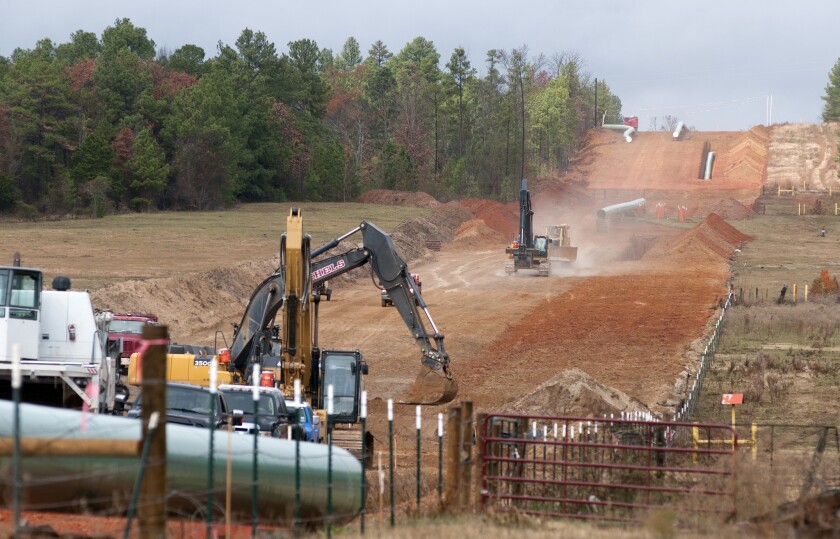Below is the Keystone XL Pipeline Map. The suggested Keystone XL extension in fact is made up of 2 segments. The first is a southerly leg, that has now been finished and also runs between Cushing, Oklahoma, as well as Port Arthur, Texas.
Challengers of this project – currently called the Gulf Coast Pipeline — claim that TC Power made use of legal loopholes to press the pipeline through, obtaining consent under a united state Army Corps of Engineers nationwide authorization and evading the more strenuous vetting procedure for private licenses, which requires public input.
The second segment was the fiercely contested 1,209-mile north leg– a faster way that would have ranged from Hardisty, Alberta, via Montana and also South Dakota to Steele City, Nebraska.
In 2015, the United State Department, under Barack Obama, declined to give the northern leg of the Keystone XL project the permit needed to create, preserve, as well as run the pipe throughout the united state — Canada boundary — a permit that Trump later on approved and also President Biden once again withdrew.


Free Speech and Alternative Media are under attack by the Deep State. Real News Cast needs reader support to survive. Please Contribute via GoGetFunding




2 thoughts on “Keystone XL Pipeline Map”
Comments are closed.